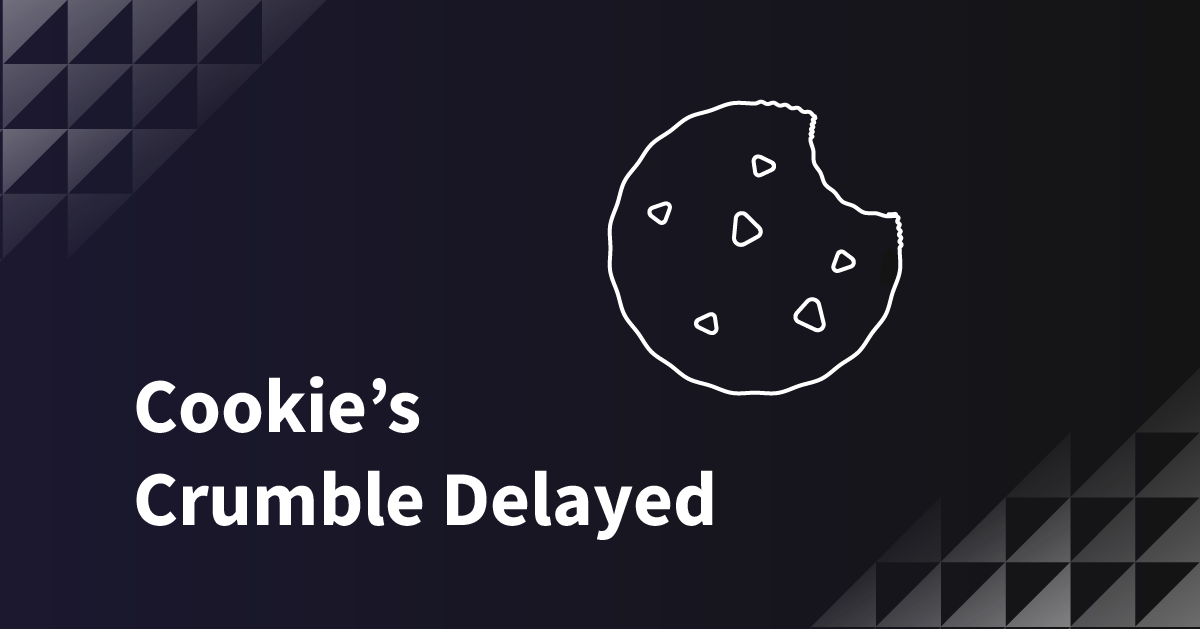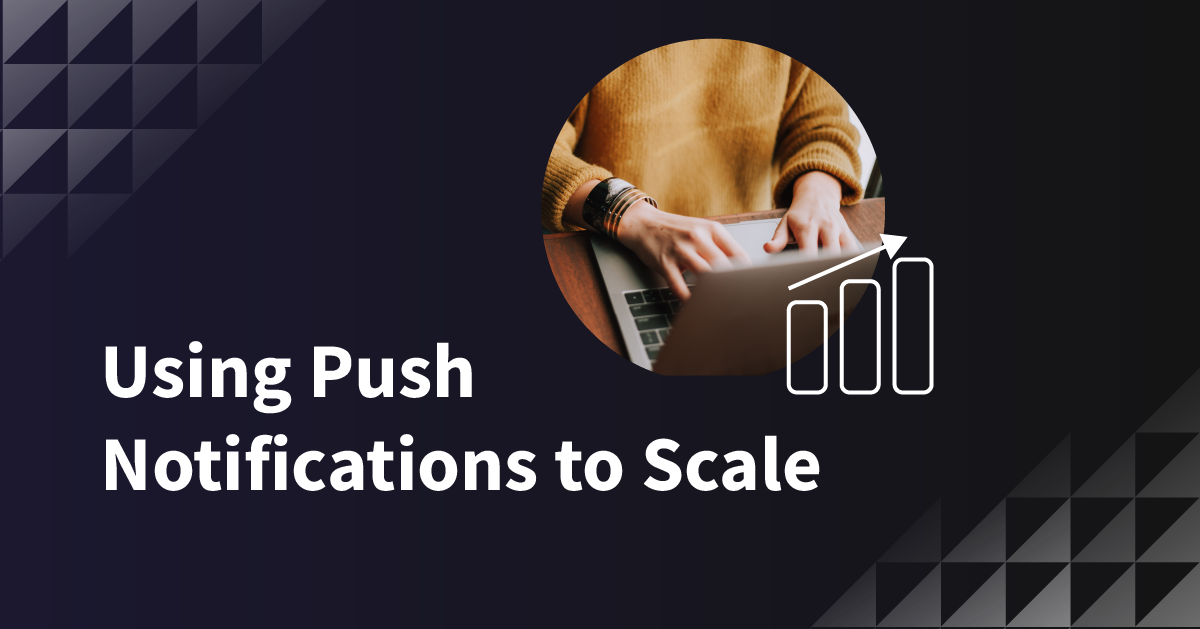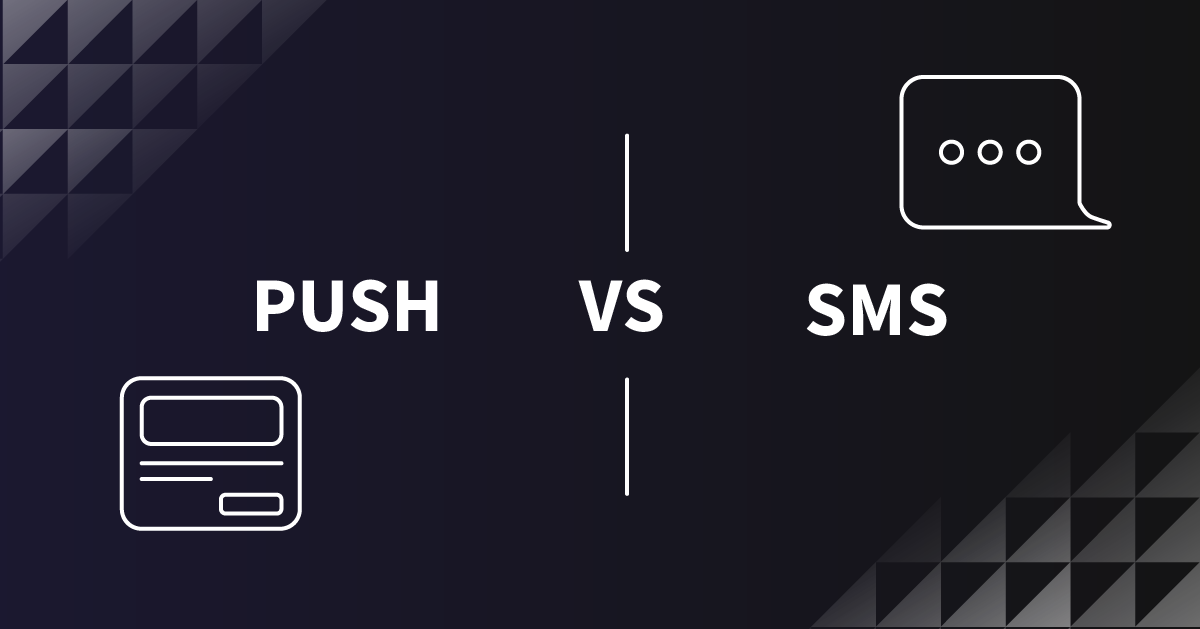Google kicked the can down the road regarding third-party cookies as they announced a postponing of their plan to stop tracking users’ web browsing for almost two years — to late 2023.
So what does that mean for industries, advertisers, marketers and publishers?
It definitely doesn’t mean to slow down on first-party data reliance efforts.
What’s the hold up?
The pressure is on from advertisers. While the plan has been to scrap the ability of third-party tracking tech by early next year due to complaints by privacy advocates and regulators, Google announced delaying the move so that advertisers have more time to adjust and educate themselves on alternative data routes. The delayed phase-out, now expected to start in mid-2023 and finish later that year, gives stakeholders more time to understand the new system under development.
What does this mean for me?
Yes, you have more time to prepare yourself for a cookieless world. No, you don’t have time to put off a proactive investment in a robust first-party, privacy-compliant data solution. Industries must remain on top of this for their constituents and their customers.
Our two cents
In a rush toward compliance, ad tech providers offered half-baked? cookieless solutions that they now will have more time to perfect. An extended timeline will likely help the industry work toward more strong, developed solutions across the creative, strategy and A/B testing spectrums.
What you need to do
We reiterate the importance of publishers, marketers and advertisers shifting to first-party data models. Paid subscriptions, virtual events, emails and push notifications can help you build a relationship with your audience and effectively collect their first-party data. Your best bet? Use records on your website, survey forms, content marketing and robust marketing campaigns to collect the data you need. Cookies are a thing of the past. This measure is simply delaying the inevitable.
Remember to be transparent
Focus on 100 percent transparency when providing your users information on data collection. Let your users know how their data is being collected. Everyone has the right to know how data will be used and who it will be shared with. Consider using consent management platforms to simplify the process.



